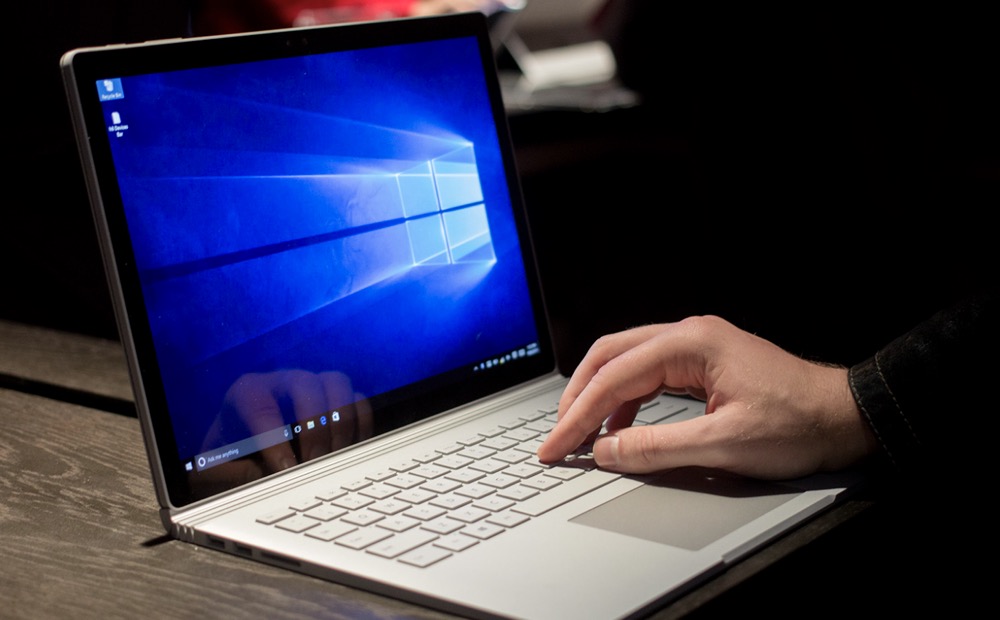This minHour teaches you how to fix a disk error on a corrupted or damaged hard drive. You can do this on both Windows and Mac computers. Keep in mind that hard drives which have been damaged physically cannot be repaired with software. Instead they will need to be taken into a professional data recovery service.
On Windows
Connect your disk drive to your computer, if necessary.
If the disk drive is a USB flash drive or external hard drive, connect it to a free USB port on your computer. If the disk drive is a system hard drive or additional internal hard drive, then it should already be connected to your computer on the inside.
Right-click the Windows Start menu.
It’s the icon with the Windows logo in the lower-left corner of the task bar. Right-clicking the Windows Start menu displays a system menu.
Click Disk Management.
The Disk Management menu allows you to manage you hard disks, partition them, format them, and repair them.
Click Properties.
It’s the icon that resembles a sheet of paper with a red checkmark. It’s in the panel at the top of the Disk Management app. Alternatively, you can right-click the disk drive in Disk Management or File Explorer and click .
- If the hard drive space is listed at “Unallocated” at the bottom of disk management, you will need to format the drive.
Click the Tools tab.
It’s at the top of the Properties window.
Click Check.
This option is on the far-right side of the “Error checking” section near the top of the Properties window.
Click Scan and repair drive when prompted.
Your computer will begin scanning for bad sectors.
Wait for the scan to complete.
Once the scan completes, a pop-up with the results will appear.
Click Scan and repair drive when prompted.
It’s at the bottom of the pop-up. This will prompt Windows to attempt to fix the disk errors, which can mean anything from reformatting the bad sectors to moving the bad sectors’ files onto new, uncorrupted sectors.
- You may have to click Scan and repair drive several times to resolve all errors.
On Mac
Connect the drive to your computer if necessary.
If you’re trying to repair a malfunctioning external hard drive or USB flash drive, plug it into one of your computer’s free USB ports. If you are attempting to repair a system hard drive, it should already be connected to your computer on the inside.
- You may need a USB 3 to USB-C adapter if your Mac doesn’t have traditional USB ports.
Open the Finder.
It has an icon that resembles a blue and white smiley face.
Click Go.
It’s a menu item at the top of your Mac’s screen. A drop-down menu will appear.
Click Utilities.
You’ll find this option near the bottom of the drop-down menu.
Open Disk Utility.
Double-click the Disk Utility app icon. It resembles a grey hard drive with a stethoscope on it.
Select the hard drive you want to repair.
In the upper-left corner of the window. External hard drives and USB flash drives will be listed under “External”. Internal drives, such as your system drives will be displayed under “Internal”.
- You may need to click the arrow icon to the left to expand the media device to display your hard drive.
Click the First Aid tab.
It’s the button that has an icon that resembles a stethoscope at the top of the Disk Utility window.
- You can also get into First Aid by going into Recovery mode when your Mac boots up. From there, go into utilities, then go into Utilities. From there, you can pull up First Aid.
Click Run when prompted.
Doing so will prompt Disk Utility to begin scanning (and repairing) your selected hard drive’s bad sectors.
Wait for the repairs to complete.
Once the Disk Utility finishes repairing your drive, you should see a pop-up explaining what was repaired.
- If you don’t see any repairs listed, your hard drive doesn’t have any bad sectors to repair.
Run Disk Utility again.
For each time that a repair (or series of repairs) is listed, run Disk Utility again to scan for further issues. Once Disk Utility no longer reports repairs upon completing the scan, your Mac’s hard drive is fixed.
Click the eject button.
The eject button resembles a triangle over a line. It’s next to the disk drive in Disk Utility and in the finder. This will eject the drive so that is is safe to remove. To prevent damage to your drive, it’s always a good idea to eject your drive when you are finished using it. Once it is greyed out, it is safe to remove.
Tips
- Most hard drives have overflow sectors built into them, meaning that bad sectors will automatically redirect to the unused overflow sectors once they’re detected.
Warnings
- Physically damaged hard drives should be taken into a data recovery center as soon as possible. If your hard drive has been physically damaged, stop using it immediately by turning off and unplugging your computer (and removing the battery on a laptop).
